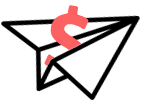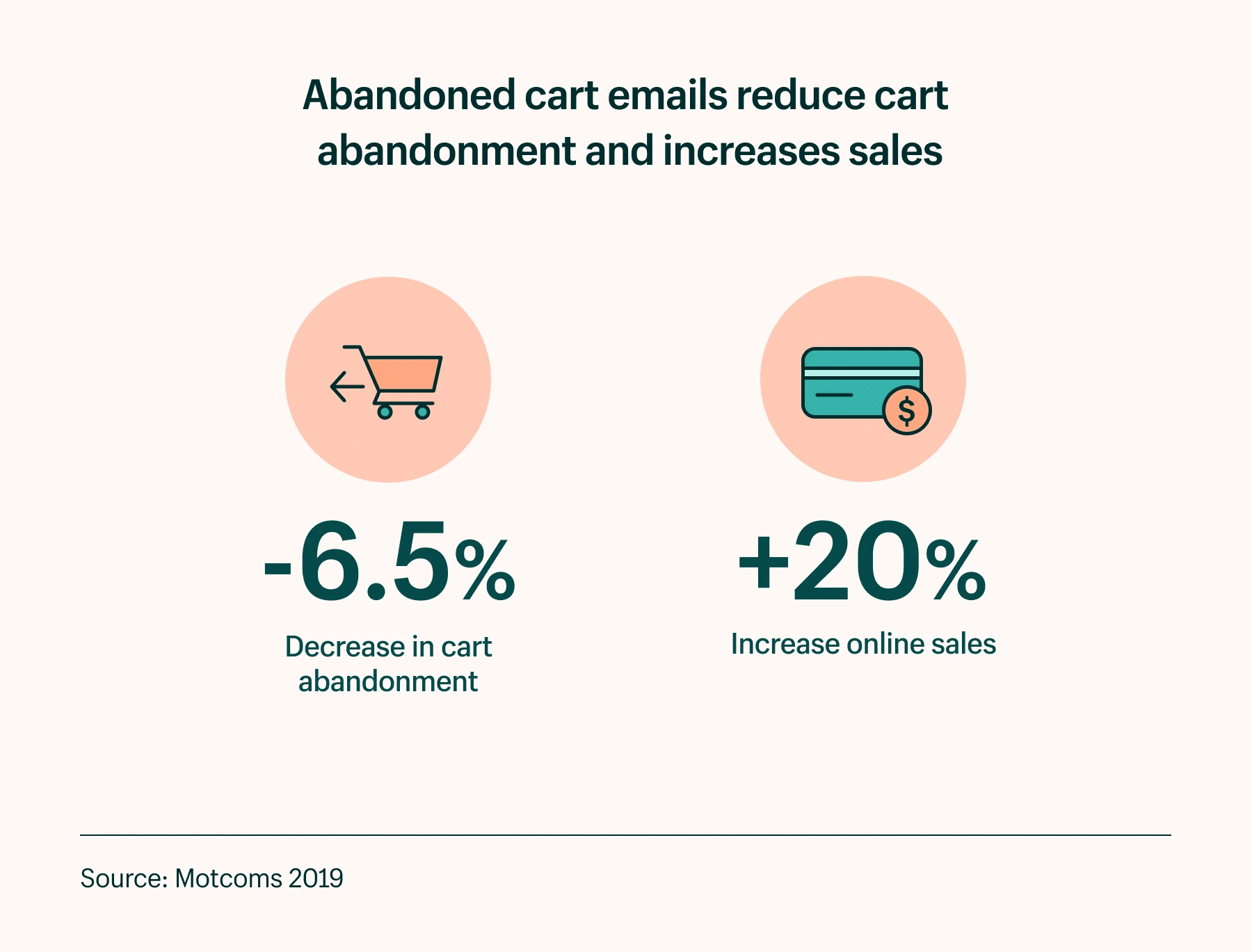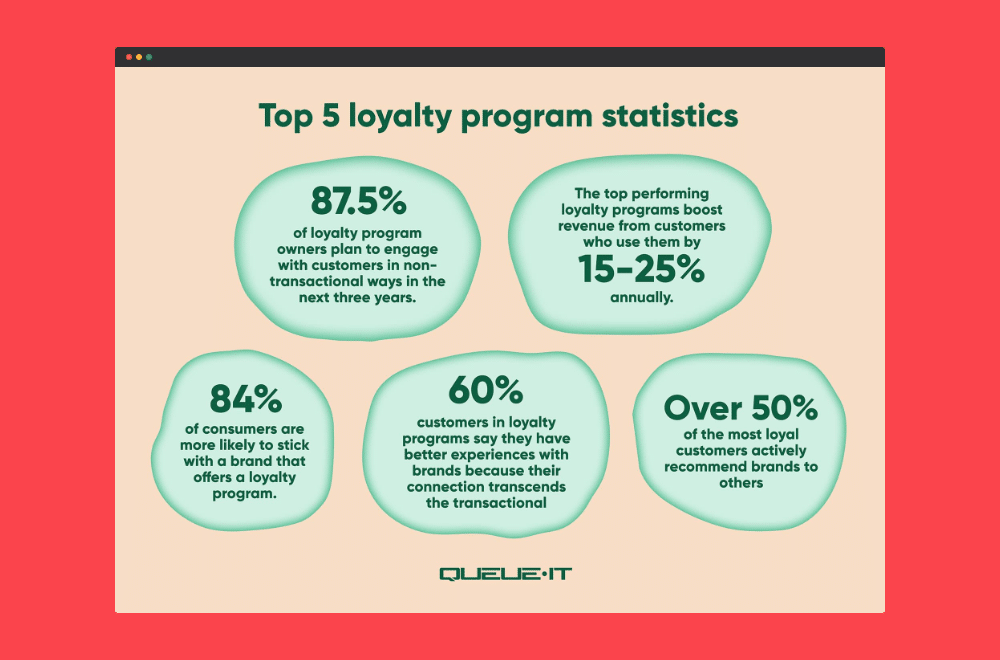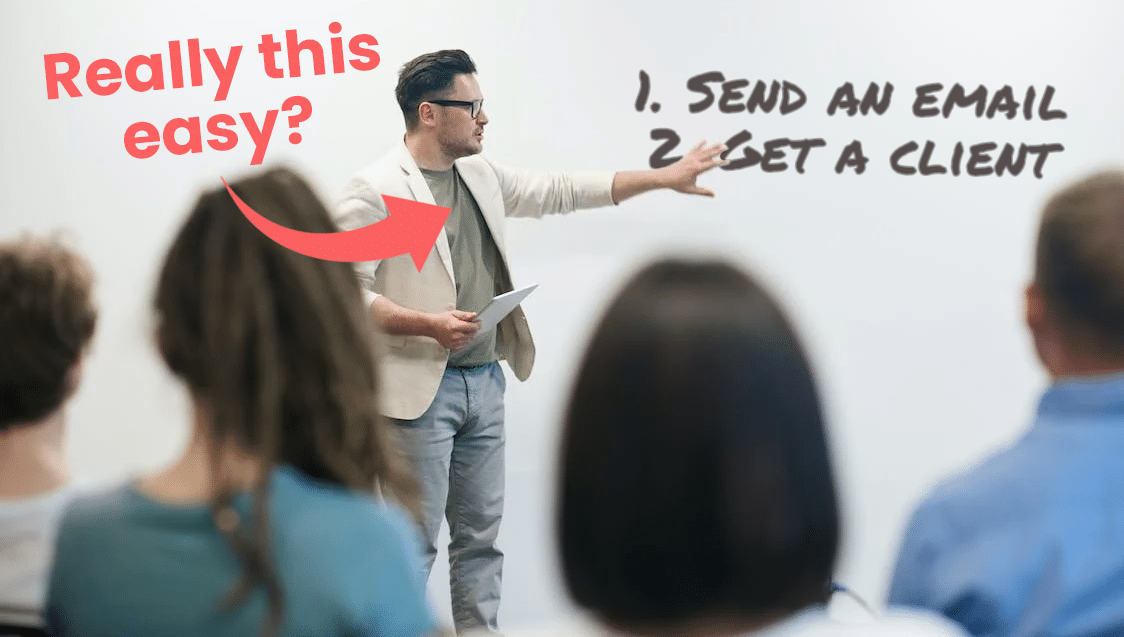Email marketing is one of the most effective tools for businesses that look to generate a steady stream of customers and retain the existing ones. And with good reason:
Email marketing’s ROI is one of the most lucrative, sure, but managing vast amounts of data and creating segment after segment to ensure timely communication can be quite confusing. Without a dedicated email marketing and marketing automation platform, creating a steady stream of leads, retaining customers, or even reconnecting with old clients is a difficult task.


Get Weekly Freelance Gigs via Email
Enter your freelancing address and we'll send you a FREE curated list of freelance jobs in your top category every week.
(Source)
In this blog post, we’ll explore the most popular email automation tips that will help you get and retain clients on autopilot. From setting up a welcome email series to creating behavior-based triggers, and automating customer feedback requests, these tips will provide you with the knowledge and strategies you need to get the most out of your email marketing campaigns.
So, without further ado, let’s check out the most prominent email automation tips to get clients on autopilot.
Create a Welcome Email Series
A welcome email series is the first thing a new subscriber receives after joining your email list. Generally speaking, welcome emails serve as an introduction to your brand, as they set up expectations for future communications and build relationships with new subscribers.

(Source)
Welcome emails give brands the opportunity to make a great first impression and engage audiences. And, as evident by the statistics above, they’re expected by new subscribers as well. Of course, setting up a welcome email automation sequence requires that you take some specific steps, to be effective.
Firstly, make sure to take various email automation platforms for a test and see which one suits you best. Some marketers go for advanced email automation features, while others would sacrifice some of that for a short learning curve or beautiful welcome email templates to go with their automated email campaigns.
Some of the most prominent email automation platforms, like Mailchimp, Brevo, Moosend, and other Mailchimp competitors showcase similar welcome email tools, but have the aforementioned distinctive differences. For example, Mailchimp’s beautiful welcome email templates can be indifferent to a marketer that needs Moosend’s powerful automation, and vice versa.

But let’s assume you’re all set with your email automation platform. Your second step should be killer content. Start with a warm and friendly greeting, use a friendly and conversational tone, and personalize the email with some value. Check out your new users’ behavior on your website and include content that stems from their interactions.
Don’t shy away from setting expectations for future communications. Let your subscribers know how often they can expect to hear from you and what kind of content they can expect to receive, and include a clear CTA using actionable verbs each time. That way, you’ll encourage your subscribers to take the next step. This could include making a purchase, signing up for a trial, or downloading a resource.
A welcome email automation series helps brands establish meaningful connections with their audience from the get-go and showcase what their email marketing looks like in general, encouraging their audience to proceed with the next step at the same time.
Implement Abandoned Cart Emails
Abandoned cart emails are automated emails that are sent to customers who have added items to their shopping cart but have not completed the purchase. These emails usually encourage users to return to the website and complete the purchase. Abandoned cart automation is an important part of email marketing. Here’s why:

(Source)
Not utilizing abandoned cart emails is like leaving money on the table. But there’s a methodology to those as well.
The first thing to consider would be to use a subject line that will attract attention and encourage the customer to open up the email. A sense of urgency, a clever emoji, or perhaps a countdown timer will do the trick.
Now, it’s time to think in terms of design and content. Great design can be a fantastic lead generation and retention machine, provided it’s done correctly. Include images and details of the items the customer left in their cart. This serves as a visual reminder of the items they were interested in and increases the likelihood of them returning to complete the purchase.
Also, offering a discount or incentive to encourage the customer to return and complete the purchase with a clear CTA can go a long way. It can encourage the customer to return to the website and complete the purchase. Use a button or link that takes the customer directly to their cart or the checkout page.
Use Behavioral Triggers
Email automation is all about behavioral triggers. These triggers allow you to set up the correct automation type and send targeted and relevant emails to your subscribers based on their behavior and actions.
Behavioral triggers are set up to automatically send emails when a subscriber meets certain criteria. These criteria can be anything that matches your goal:

- Making a purchase will create a great replenishment email campaign
- Clicking on a link could lead to cart abandonment emails
- Visiting a specific webpage could give you insights into product recommendations
By using behavior-based triggers, you can create personalized and timely emails that are more likely to engage your audience and increase your conversion rate.
One of the key benefits of using behavior-based triggers is that they use and transform data into actions, allowing you to send targeted emails to specific segments of your audience. A follow-up email to customers who have made a purchase can include a discount on their next purchase; Or an email to subscribers who have clicked on a specific link can give more information or a special offer related to that link.
To create behavioral triggers, you’ll need to use an email automation platform that supports this feature. Most automation tools will allow you to set up triggers based on a variety of criteria, such as purchase history, website behavior, and engagement with previous emails. Once you’ve set up your triggers, you can create targeted and personalized email campaigns that are automatically sent to your subscribers when they meet the criteria you’ve defined.
But there’s one more thing behavioral triggers can do: They can help you retain customers and build long-term loyalty. Timely and relevant emails based on your subscribers’ behavior show them that you understand their needs and are in this for more than just a quick buck.
Providing value builds trust and strengthens your relationship with your audience, leading to increased customer retention and lifetime value.
Automate Your Loyalty Program
Loyalty programs are a powerful tool for building customer loyalty and driving repeat business. Here’s what I mean:

(Source)
However, managing and communicating with your loyalty program members manually can be time-consuming and inefficient.
Here’s where email automation comes into play. Automating your loyalty program communications can help streamline the process and ensure that your members are engaged and motivated to participate.
Automating your loyalty program communications involves setting up a system that automatically sends email to text or emails to your members based on certain triggers or events. Reaching a new tier, earning points, or redeeming rewards, creating dedicated guides for your loyalty members, anything of the sort could be a trigger.
This ensures that your members are kept informed and engaged with your loyalty program, without you having to manually send out emails.
But how are you going to implement an automated loyalty program email campaign into your communication strategy?

Your first step, as with anything, should be your welcome email. However, a welcome email alone is not enough to do the job you would’ve wanted it to. Members want – and deserve – special treatment, as opposed to fly-bys. To keep your customer retention at high levels, make sure to send special promotions and offers emails that are exclusive to loyalty program members. This could include double points days, exclusive discounts, or early access to sales and events.
Also, make sure you don’t forget to send a birthday or anniversary email to members of your email list. This email could include a special offer or discount as a token of appreciation for their loyalty.
And never forget emails when your users earn points or rewards. Most loyalty members never remember the specifics of the points or rewards earned, the total balance, the expiration dates of the points and rewards, or any upcoming promotions.
Another email you can automate for your loyalty rewards program could be the tier advancement emails. Create an automation that will showcase your user’s progress with your loyalty program, congratulating the member, explaining the specifics of the new tier, and encouraging them to continue earning.
By automating your loyalty program’s email communications, you can ensure that your members are kept informed and engaged with your program, without having to manually send out emails. This not only saves you time and effort but also helps build loyalty and trust with your customers, as it eliminates any human error along the way.
Utilize Automated Customer Feedback Requests
Collecting customer feedback is crucial for understanding your customers’ needs, improving your products or services, and making data-driven decisions.
However, manually reaching out to each customer for feedback can be time-consuming and inefficient. This is where automated customer feedback requests come in handy.
Automating customer feedback requests involves setting up an automation sequence that sends out feedback request emails to customers after a specific event. This event could be anything that suits your marketing plan and your marketing aspirations. Making a purchase, using a service, or reaching a milestone are among the most common.
Customer feedback requests serve as a PR tool that ensures you can gather feedback regularly and consistently. And, as you could assume, sending feedback requests manually could result in great email marketing mistakes, such as wrong personalization types, or even using the wrong trigger for your email.
Let’s see how you can utilize feedback requests to your benefit.
The first thing to do would be to use the right timing. Timing is crucial when it comes to customer feedback requests. You want to send the email at the time that’s just right: The experience should still be fresh in the customer’s mind, but it shouldn’t be right away. You need users to have some time to truly experience your product or service.
Your customer feedback should be short and simple. Customers are more likely to respond to straightforward emails, and automated customer feedback requests are no exception. Ask specific questions and use a simple rating system. A star rating or a scale from one to five are among the most common. Of course, this doesn’t mean you can’t come up with your own system, so long as it makes sense and doesn’t include too many questions.
And as with all emails, personalization is imperative. Use the customer’s name and reference specific details about their interaction with your brand, be it a purchase or a simple request or demo viewing. This shows that you value their feedback and are interested in their individual experience.
Of course, no customer will do all of the above without some sort of incentive. A discount or a chance to win a prize can encourage customers to respond to your feedback request, so long as it’s valuable and relevant.
The last thing to keep in mind would be to analyze your insights and turn them into actionable decisions. Use the feedback to identify areas for improvement and implement changes to enhance the customer experience. Make sure to communicate any changes or improvements to your customers to show that you value their feedback and are committed to continuous improvement.
The Takeaway
The reasons behind email automation may be multiple, and each marketer utilizes triggered campaigns and automated email series to keep their own KPIs under control. However, the above are some staples to keep in mind.
Using email triggers comes with a small catch: Not overusing them and determining the trigger that makes sense for you and your brand. To come up with the best course of action, study your demographics and A/B test your emails. This will help you come down with a valuable decision that will benefit you and your audience.
Keep the conversation going...
Over 10,000 of us are having daily conversations over in our free Facebook group and we'd love to see you there. Join us!



